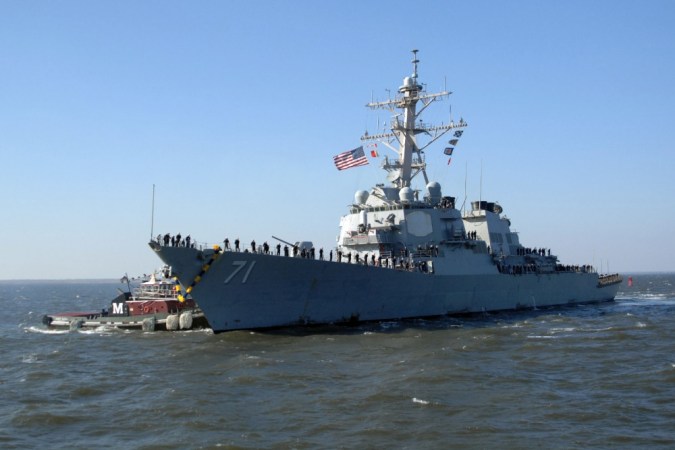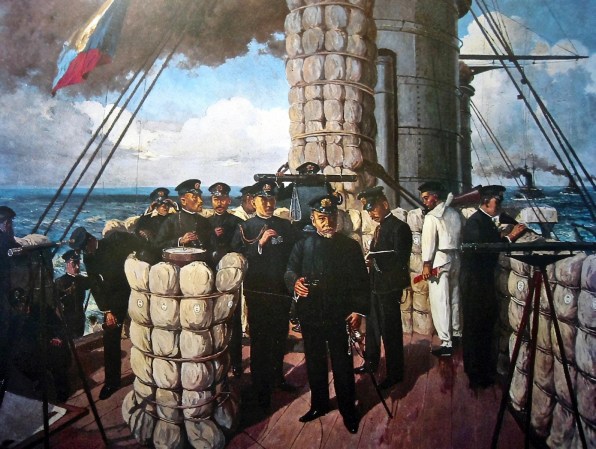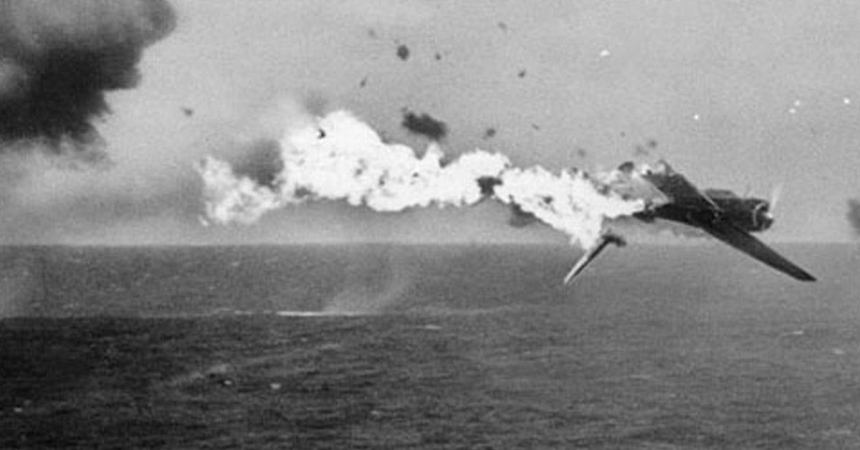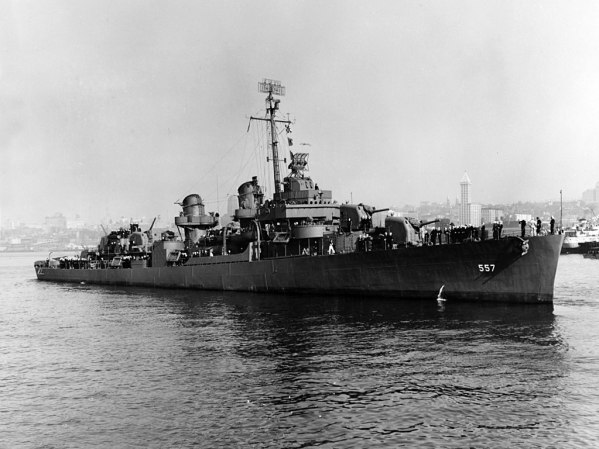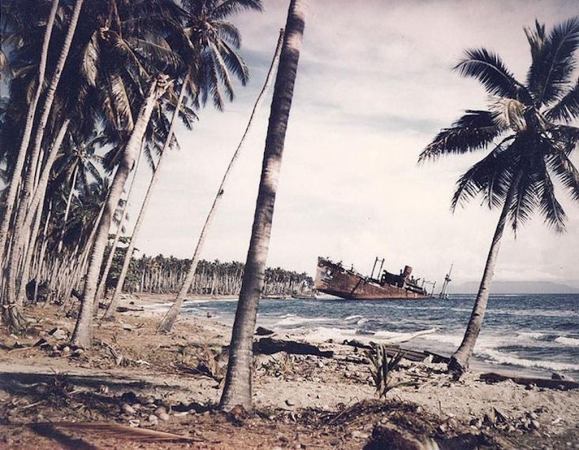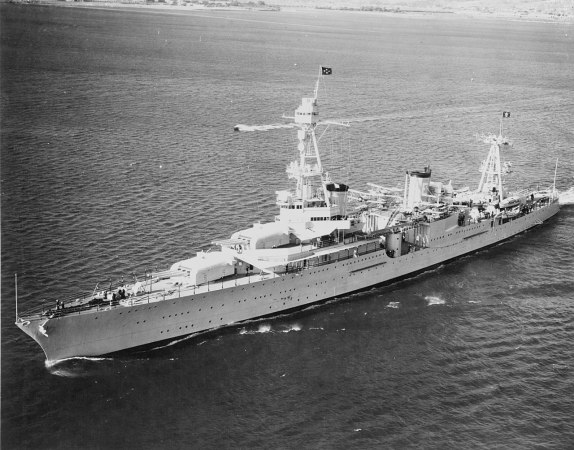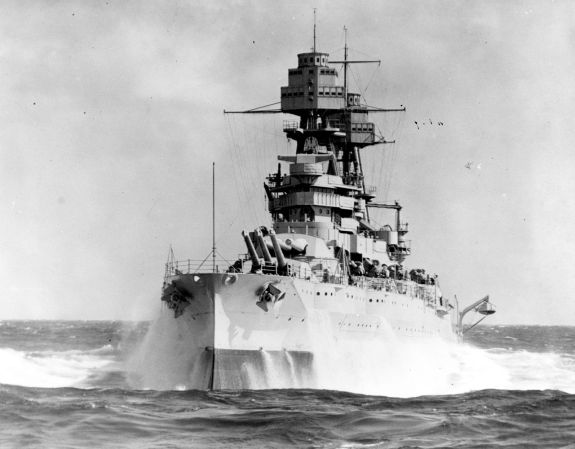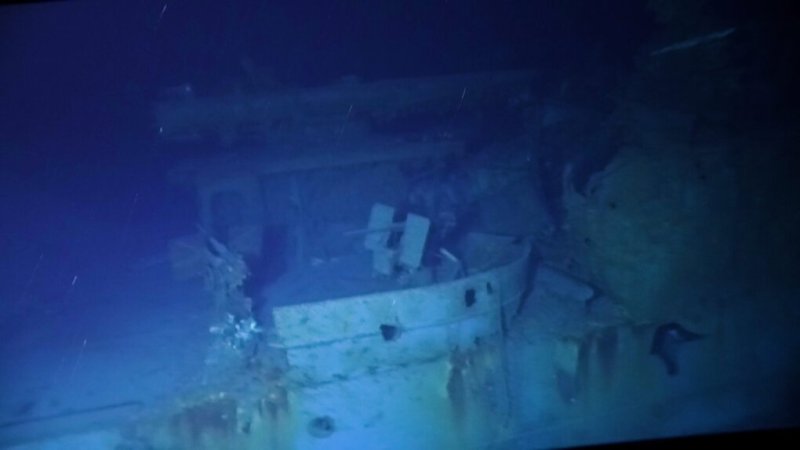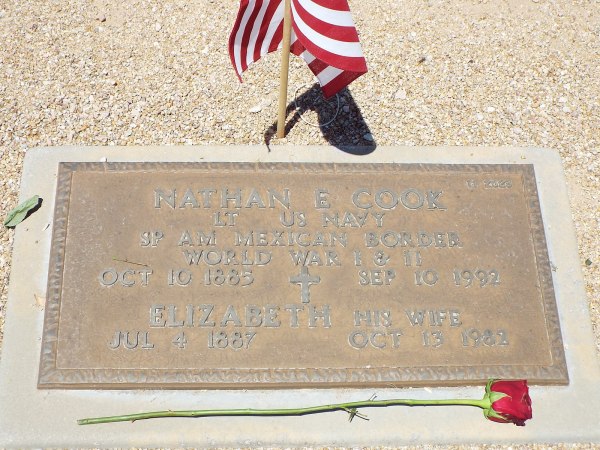World War II saw the decline of the battleship, the rise of the aircraft carrier, and the maturation of the destroyer and submarine. However, there was another type other major combat vessel in that conflict that often goes ignored: the cruiser. This ship was arguably very important for several reasons.
First, for the initial part of the war, cruisers served as heavy escorts for a carriers against surface threats. Battleships were often too slow to keep up with the carriers and destroyers packed a potent anti-ship punch in the form of torpedoes, but they couldn’t take much punishment. Cruisers were the perfect match.

USS Galveston (CL 93), one of 27 completed Cleveland-class light cruisers. She packed 12 six-inch guns and 12 five-inch guns.
(US Navy)
Second, cruisers also were able excellent for maintaining a presence at sea. It took fewer personnel to fully crew a cruiser and they were comparatively cheaper to build than other major vessels. Despite their lower cost, they were still deadly vessels, equipped with either six-inch guns (on light cruisers) or eight-inch guns (on heavy cruisers).
Third, cruisers also fought it out when other options weren’t available. For example, during the Naval Battle of Guadalcanal, a force of two heavy cruisers, a light cruiser, two anti-aircraft cruisers, and eight destroyers were led by Admiral Daniel Callaghan and took on two Japanese fast battleships, a light cruiser, and a number of destroyers. Callaghan’s outnumbered ships managed to turn away the Japanese force, leaving the fatally wounded Hiei behind.

While it’s best known for being sunk by a Japanese submarine in 1945, USS Indianapolis (CA 35) also served as the flagship of Admiral Raymond Spruance.
(US Navy)
Fourth, cruisers could serve as flagships. The Portland-class heavy cruiser USS Indianapolis (CA 35) was the flagship for Admiral Raymond A. Spruance during the Central Pacific offensive in 1943 and 1944. It was also common for Japanese admirals to choose heavy cruisers as their flagships in surface engagements instead of battleships when they had the option.
While all of the major powers had cruiser designs, the most successful was the American Cleveland-class light cruiser. There were plans to build a total of 52 of these vessels. Of those, 27 were completed. The others were either cancelled or converted into light cruisers. Other notable cruiser classes include Japan’s Mogami-class heavy cruisers and the British County-class heavy cruisers.

Other powers in World War II operated cruisers, too. HIJMS Atago served as a flagship in several engagements, including her last one at Leyte Gulf.
(Imperial Japanese Navy)
With the end of World War II, cruisers began to fade away, especially as guided missiles emerged and submarines became more of a threat. Today, the United States Navy has the most of these vessels, with 22 Ticonderoga-class vessels in service.
Though the cruiser’s heyday has come and gone, there’s a chance they’ll make a comeback. The United States Navy intends to replace the Ticonderoga-class ships with a new, modern class of cruiser.




